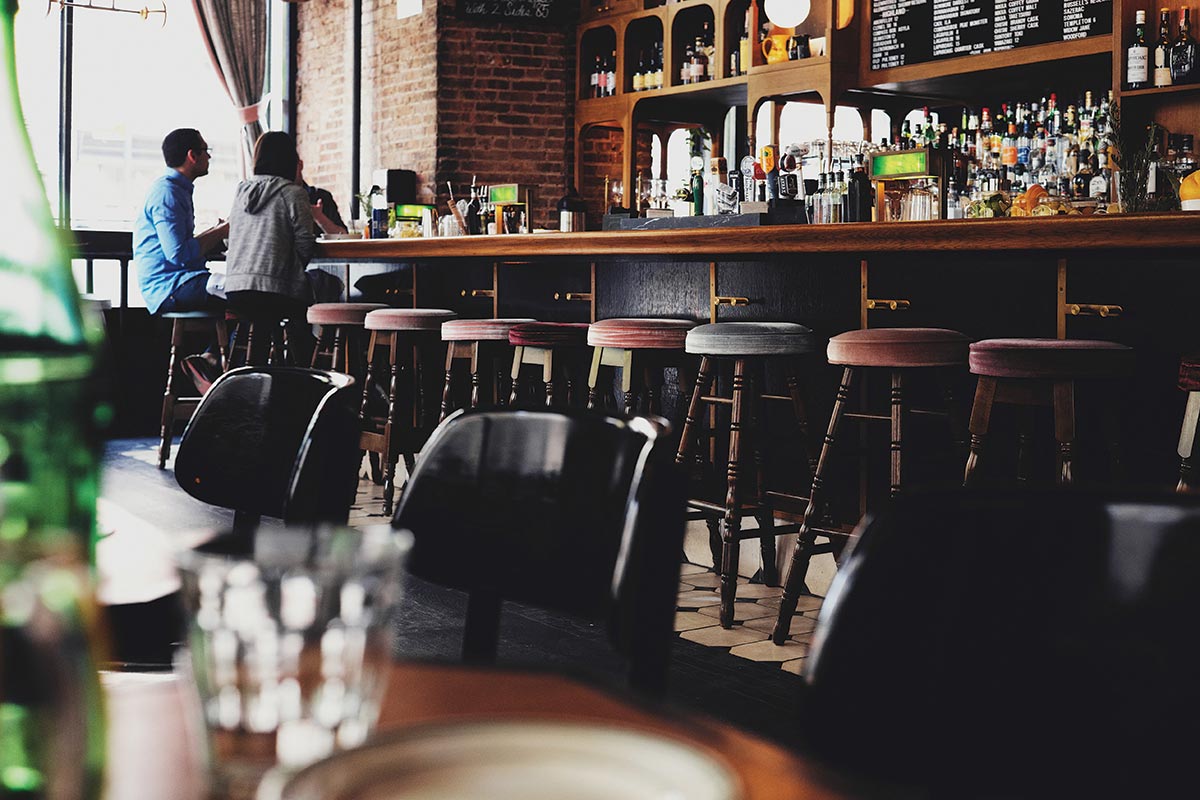

Len Panaggio,
By Len Panaggio
It’s that time of year when we all have to let Uncle Sam know how we did last year, both personally and business-wise. How does this impact a beverage program?
Quite a bit, actually. There is so much information inside your P&L relevant to the status of your business, including your beverage cost. Hopefully it’s broken down by category so you can see what the individual cost is for beer, wine and spirits, and then combined to show the blended cost. This breakdown shows how their report card did against their budget.
What to do with the findings? I always told my managers that a low cost is as bad as a high cost and for differing reasons.
High cost is a bit easier to unravel: theft, breakage, over pouring, carelessness (no tabs, don’t care how good a bartender thinks he or she is, when they are busy, their memory fails!), draught beer system flawed, spoilage, differing drink recipes using costlier liquors, etc.
Additionally, when we are in a good economy such as this, your guests may be ordering higher-priced products that have a smaller margin but a larger dollar drop. Look at what’s selling: do you see that high-end beer moving (hopefully not down the drain), the V.S.O.P. Cognac moving instead of V.S. and are your guests ordering an $18 glass of pinot noir versus a $12 glass? In all those instances, your cost suffers, but your bank deposit doesn’t.
The consumer is a lot savvier than you may think. If they see a product that is a bit on the higher end but at a reasonable price, they will order it. So, if you aren’t offering these higher-cost items, you have to ask yourself “why?”
While you are looking at your product mix, do you see bottles of liquor not selling but basically taking up shelf space? As I have said often, our industry is moving and changing rapidly, and by keeping sleepers on your back bar, you are shooting yourself in the foot.
And beers, do you have a bunch out of code? Free up the space and replace them with something that is new and hip! Who among you saw hard seltzer coming? If you have a bar manager, hold him or her accountable for monitoring these things.
 Now, if your P&L is showing low cost, there’s not a lot of reason for it. The big one is your staff or some of your staff is pouring short, the other is overcharging. Just plain wrong. If you set a two-ounce pour as your standard, then everyone should follow it. Price fairly; greed is not a good quality.
Now, if your P&L is showing low cost, there’s not a lot of reason for it. The big one is your staff or some of your staff is pouring short, the other is overcharging. Just plain wrong. If you set a two-ounce pour as your standard, then everyone should follow it. Price fairly; greed is not a good quality.
Next on the P&L is your bar supplies – e.g., coasters, bar napkins, straws, glassware, dish soap – all the non-beverage items that make a bar a bar! If you budget these things, you are a rock star; if you don’t, start now! Too many operators ignore these items but, since we still are a business of pennies, look at all of them on that line item – they all add up.
My point with all of this is to make you aware that it really isn’t all about taxes and taxing. It’s about running an efficient operation with the ultimate goal of maximizing profits and having your staff maximize their tips. You have the tools to make the proper decisions, so use them. As a result, more money will drop to the bottom line and your staff will take home more in gratuities; then, you and your staff can pay more in taxes.
Len Panaggio’s career in food and wine spans more than three decades as an owner and as a beverage director at some of the top restaurants in Rhode Island. Currently a hospitality consultant, Len is a graduate of the University of Rhode Island and has attended the Culinary Institute of America Master Sommelier program and the Sterling School of Service and Hospitality.



